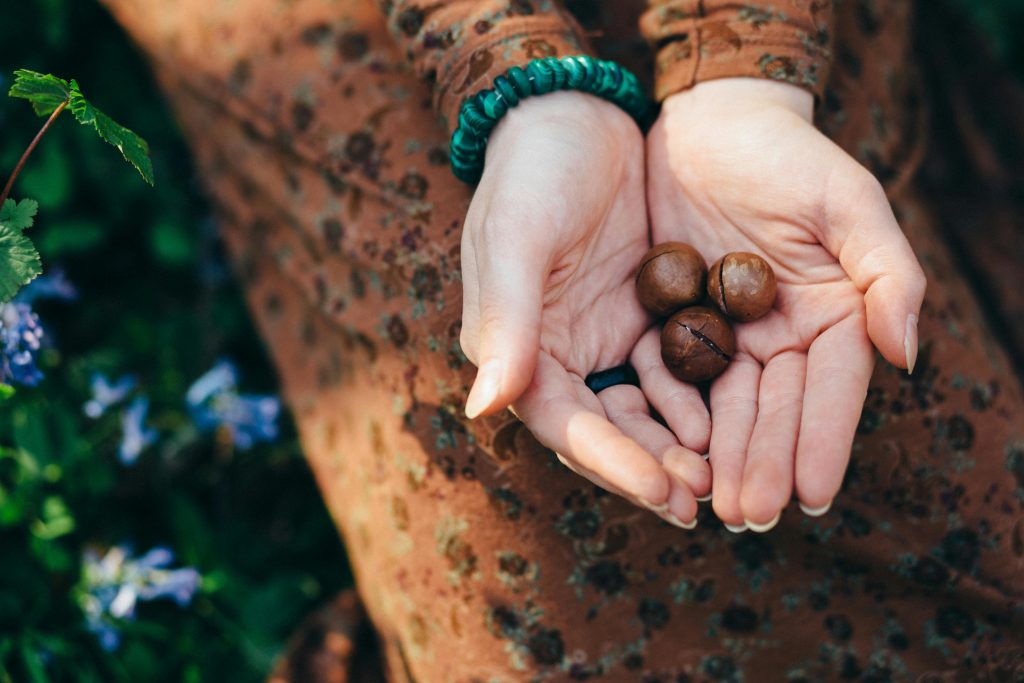
South Africa’s Macadamia Surge
Macadamia farming is labour-intensive: over 10,000 permanent jobs, plus around 9,000 seasonal jobs. The industry funds training schemes like RecruitAgri, which have placed most graduates into work.
South Africa has grown to become the world’s top producer of macadamia nuts, overtaking Australia in recent years. Back in 1991, local production was just over 1,200 tons in-shell, rising to almost 99,000 tons by 2023. That’s a 20-fold increase over three decades, driven by fast expansion across provinces like Mpumalanga, KwaZulu Natal, Limpopo, and even some new plantings in the Eastern and Western Cape.
Orchards flower from August to September, with nuts taking around 31 weeks to develop. Harvest runs from March to July, peaking between February and August. Most trees take 5 to 12 years to reach full production but can yield nuts for up to 40 years.
Who’s Planting and Where?
There are over 700 commercial macadamia growers in South Africa, mostly in Limpopo, Mpumalanga and KwaZulu Natal. Lower South Coast KZN farms, like Port Edward and Oribi Flats, have switched from sugarcane and bananas to macadamias, driven by good returns and water-efficient drip irrigation.
The main cultivars are Beaumont, A4, 816, 814, Nelmak 2, 695 and 842, chosen for good yield and nut quality.
Export Performance and Markets
South Africa exports about 97 to 98% of its macadamia crop. In 2022, exports included:
27,000 tons of in-shell nuts
12,900 tons of kernels
Key kernel markets are:
USA (44%)
China/Hong Kong (14%)
Germany (7%)
Netherlands (6%)
Japan (4%)
In-shell exports mainly go to China and other parts of Asia. About 50% of production is in-shell. The rest is kernels sent abroad to North America, Europe, Japan, Southeast Asia and the Middle East.
Export value rose from R32 million in 1996 to over R5 billion in 2022.
Benefits to People and the Environment
Macadamia farming is labour-intensive: over 10,000 permanent jobs, plus around 9,000 seasonal jobs. The industry funds training schemes like RecruitAgri, which have placed most graduates into work.
Growers are also working on sustainability:
Water-saving research with University of Pretoria and Water Research Commission
Carbon footprint benchmarking and SIZA/Global GAP audits
Using husks as compost and shells as biochar or fuel
Biostimulants, biological pest control, and regenerative practices
This makes macadamia farming both profitable and eco responsible.
Challenges
Oversupply and Price Pressure
Planting has outpaced demand. Hectares added jumped from 6,000 in 2021 to over 9,000 in 2022. China, once South Africa’s biggest buyer of kernels, is expanding its own orchards rapidly and is expected to reach 300,000 hectares by 2030. Prices fell for the first time in nearly ten years.
Trade Barriers
A new 31% tariff on South African macadamia kernels by the US was announced, though it is currently on hold while negotiations happen. This has already led farmers like Gene Likhanya to scout other markets such as India and explore new destinations.
Pests, Disease and Climate
Growers contend with stinkbugs, false codling moth, Phytophthora root rot, and the emerging Orthotospovirus virus. Droughts and load-shedding (power cuts) also threaten agriculture and transport infrastructure.
The Future of Macadamia Farming in SA
Improved Genetics and Yield
New cultivars like MCT 1 (promising 40 to 50% higher yield) are being tested locally. Good genetics can boost yield, nut quality and disease resilience, helping farmers weather tight margins.
Technology and 4IR
Smart farming using drones, sensors, satellites and precision irrigation is growing. These tools help track tree health, measure water and nutrient needs and apply inputs more efficiently.
Market Diversification
The industry is actively exploring India, Europe, the Middle East, and local markets to reduce reliance on China and the US. SAMAC recommends capping shipments to any one market at about 33% to avoid shocks.
Community and Skills Development
Efforts like RecruitAgri and online macadamia courses are growing local technical capacity. This builds a skilled workforce and keeps jobs in rural areas.
Certified low-carbon, water-efficient macadamias could stand out in European and North American markets that value green credentials.
Africa’s White gold
Macadamias are often called Africa’s “white gold” – and rightly so. South Africa has turned a wild tree into a major export industry, with huge growth in production, job creation, and income. The future looks bright, but not without challenges. Farmers must ride a wave of innovation, including better genetics, smart tech, and regional diversification to stay ahead.
Investing in people, sustainable practices and stronger market links will be key. With smart planning and partnerships, the macadamia sector not only stands firm against trade shifts and global competition but can become a model for sustainable, profitable farming in Southern Africa.
